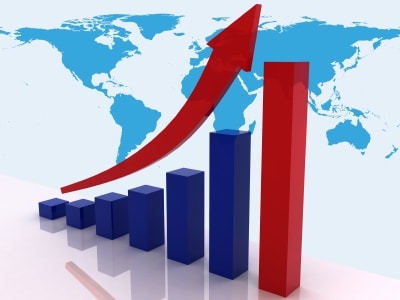Why Increase Testosterone Levels? Optimal testosterone levels minimizes the risk of disease while improving quality of life. That’s why...

Why Increase Testosterone Levels? Optimal testosterone levels minimizes the risk of disease while improving quality of life. That’s why...
© 2025 jackomd180. All rights reserved.